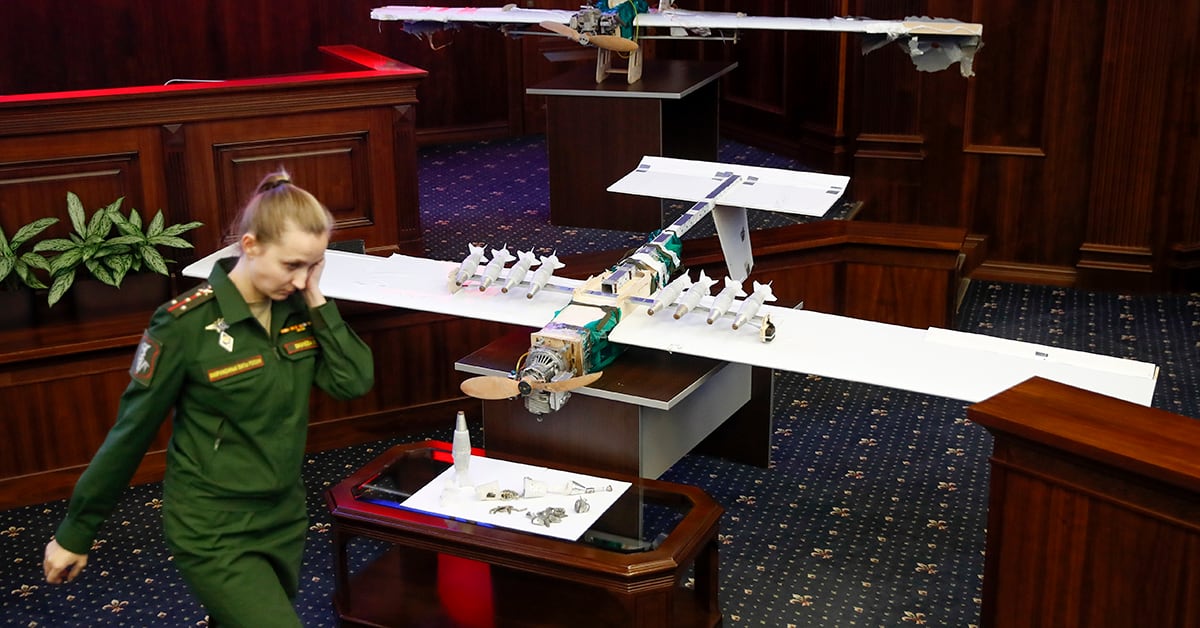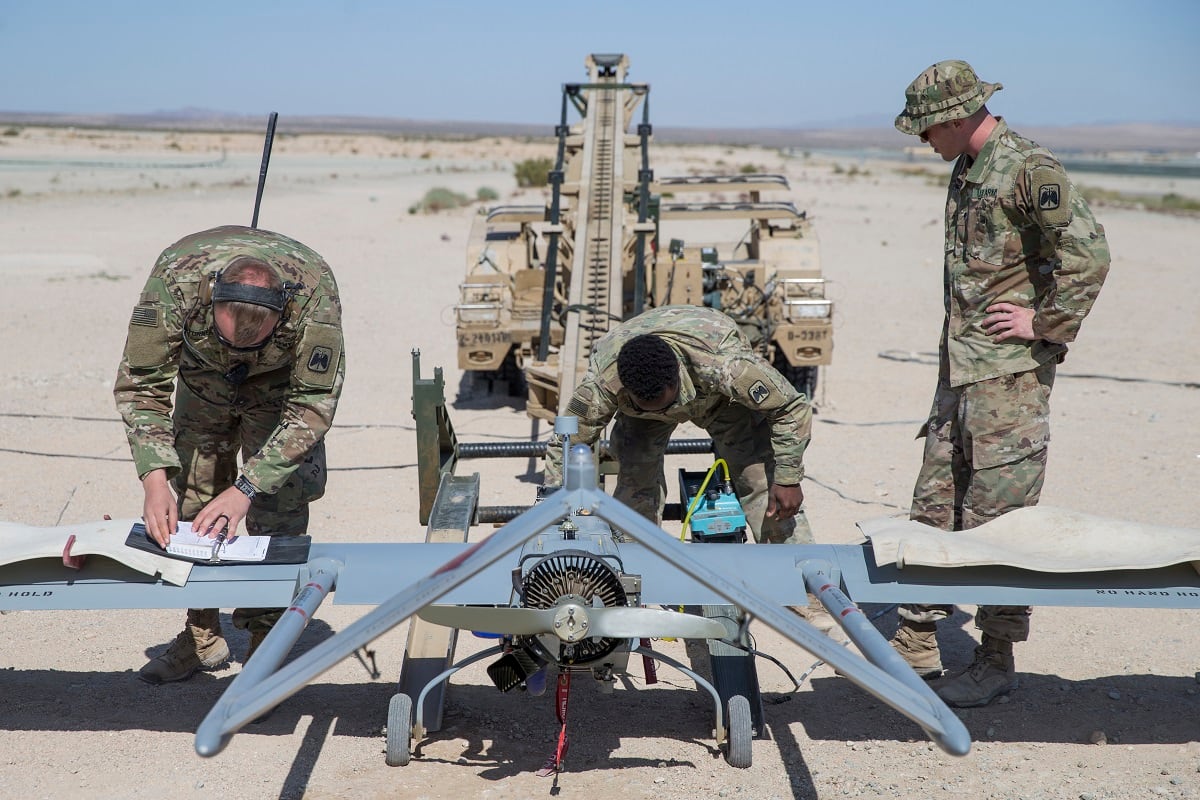Five brigade combat teams have been identified by Army Forces Command and Army Futures Command to participate in future drone tests this spring.
Soldiers will evaluate new systems at the platoon-level while their units are at the National Training Center at Fort Irwin, California, or the Joint Readiness Training Center at Fort Polk, Louisiana.
“The intent is for each unit to evaluate their assigned system in a realistic, tough training environment,” said Sarah Tate, a spokeswoman for the Army’s Future Vertical Lift Cross-Functional Team. The data gathered during the evaluation will inform the acquisition process, she noted.
The participating units are:
- 2nd Brigade Combat Team, 101st Airborne Division, Fort Campbell, Kentucky.
- 3rd Armored Brigade Combat Team, 1st Armored Division, Fort Bliss, Texas.
- 1st Brigade Combat Team, 82nd Airborne Division, Fort Bragg, North Carolina.
- 1st Armored Brigade Combat Team, 1st Infantry Division, Fort Riley, Kansas.
- 1st Brigade Combat Team, 2nd Infantry Division, Joint Base Lewis-McChord, Washington.
“At this time, we haven’t identified which units will get what systems,” Tate added. “Units will only have one system assigned to them. Soldiers will provide direct feedback to the Army on lessons learned and new Tactics, Techniques, and Procedures, which they develop while using the system during field training.”
The Army is searching for a replacement for its current RQ-7 Shadow drone, which is launched from a trailer-mounted catapult to conduct reconnaissance, surveillance and battle damage assessments.
RELATED

This spring and summer, four companies were selected to test replacement drone aircraft that can operate independently from a runway, transport easily on CH-47 Chinooks and fly with a lower acoustic signature.
The four companies are Martin UAV, Textron/AAI Corp., L3 Harris and Arcturus UAV. Each of their drones are considered “commercial off the shelf technology,” meaning the acquisition process is truncated.
The fielding and demonstrations are staggered for each of the five brigades to deconflict fielding new equipment.

Each platoon will have the systems for up to two six-month periods, according to Tate. The actual demonstration period will last a minimum of one year due to the offset schedules.
“We anticipate the first prototype being ready for an April 2020 fielding to the 1st ABCT, 1st Infantry Division at Fort Riley,” Tate said.
These demonstration will serve as “soldier touchpoints” for the acquisition process, according to Brig. Gen. Wally Rugen, director of the Future Vertical Lift Cross-Functional Team.
“Gaining soldier input early in the developmental process provides our cross functional team invaluable feedback needed in defining the best capabilities for our warfighters," Rugen said in a prepared statement accompanying the announcement.
The RQ-7 is a higher echelon asset. But the Army has also been testing smaller “Black Hornet” helicopter drones for squads to use in short-range reconnaissance situations.
The Black Hornet drone deployed to Afghanistan with soldiers from 1st Battalion, 508th Parachute Infantry Regiment, this summer. Miniature drones like it could help free up larger assets like the RQ-7 replacement to be tasked out more judiciously.
Kyle Rempfer was an editor and reporter who has covered combat operations, criminal cases, foreign military assistance and training accidents. Before entering journalism, Kyle served in U.S. Air Force Special Tactics and deployed in 2014 to Paktika Province, Afghanistan, and Baghdad, Iraq.




